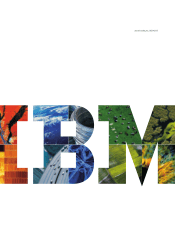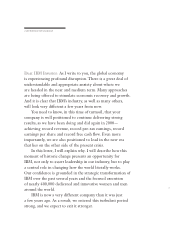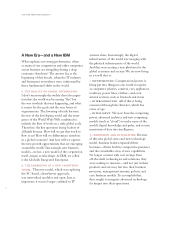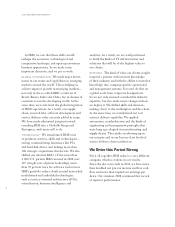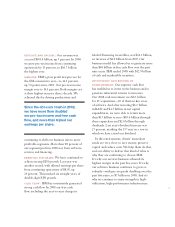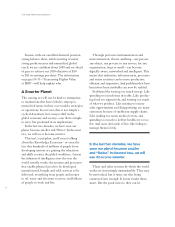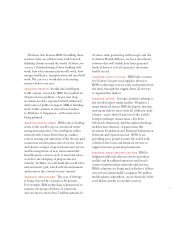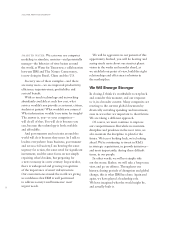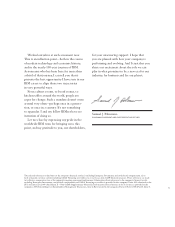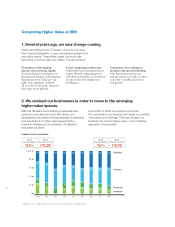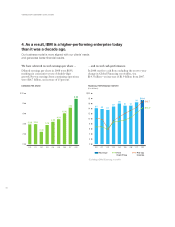IBM 2008 Annual Report Download - page 4
Download and view the complete annual report
Please find page 4 of the 2008 IBM annual report below. You can navigate through the pages in the report by either clicking on the pages listed below, or by using the keyword search tool below to find specific information within the annual report.
A New Era—and a New IBM
What explains our strong performance, when
so many of our competitors and other companies
across business are struggling during a deep
economic slowdown? The answer lies at the
beginning of this decade, when the IT industry
and businesses everywhere were confronted by
three fundamental shifts in the world:
. .
I don’t mean simply the widely shared recogni-
tion that the world was becoming “at,” but
the way in which that was happening, and what
it meant for the goals and the very forms of
organizations. The lowering of trade barriers,
the rise of the developing world and the emer-
gence of the World Wide Web combined to
unleash the ow of work on a truly global scale.
Therefore, the key questions facing leaders of
all kinds became: How will we get that work to
ow to us? How will we differentiate ourselves
in a global economy? And how will we capture
the new growth opportunities that are emerging
around the world? Increasingly, new business
models
—
in fact, a new model of the corporation
itself
—
began to take shape. At IBM, we called
it the Globally Integrated Enterprise.
.
. This new model, which was replacing
the PC-based, client/server approach,
was networked, modular and open. Just as
important, it was no longer conned to IT
systems alone. Increasingly, the digital
infrastructure of the world was merging with
the physical infrastructure of the world.
And that was creating a new platform for the
global economy and society. We are now living
in a world that is:
– : Computational power is
being put into things no one would recognize
as computers: phones, cameras, cars, appliances,
roadways, power lines, clothes
—
and even
natural systems, such as livestock and rivers.
– : All of this is being
connected through the Internet, which has
come of age.
– : We now have the computing
power, advanced analytics and new computing
models (such as “cloud”) to make sense of the
world’s digital knowledge and pulse, and to turn
mountains of data into intelligence.
. . Because
of this new global arena and new technology
model, business leaders expanded their
horizons
—
driven both by competitive pressures
and the remarkable array of new capabilities.
No longer content with cost savings from
off-the-shelf technologies and solutions, they
were seeking to innovate
—
and not just in their
products and services, but also their business
processes, management systems, policies and
core business models. To accomplish that,
they sought to integrate advanced technology
far deeper into their operations.
A LETTER FROM THE CHAIRMAN

